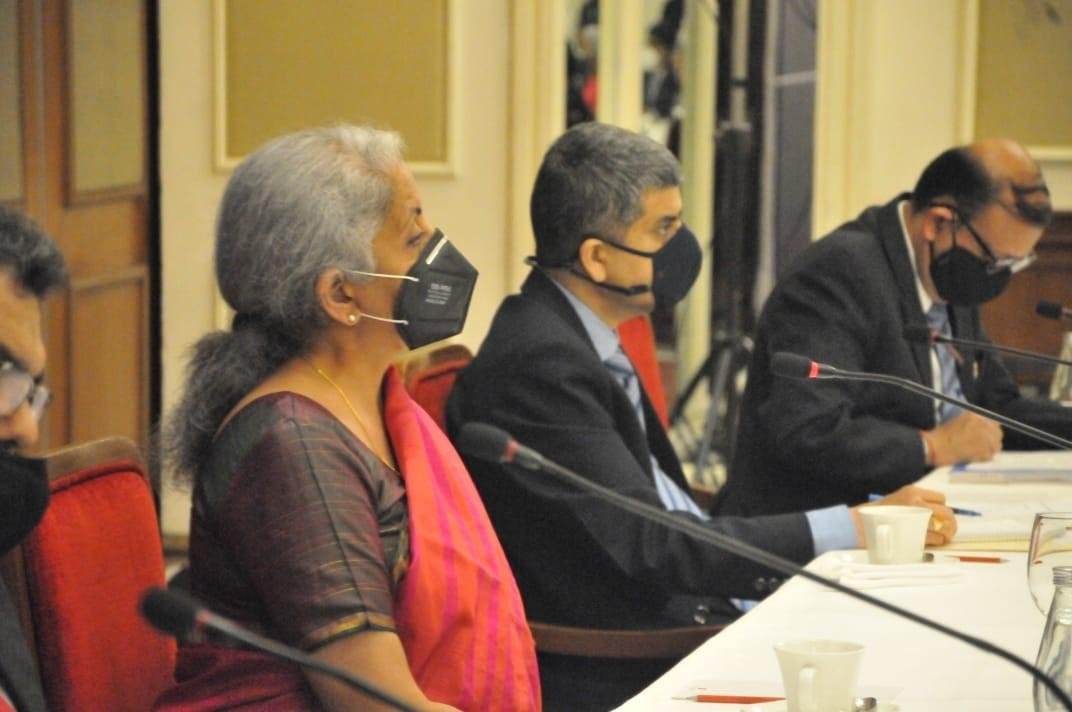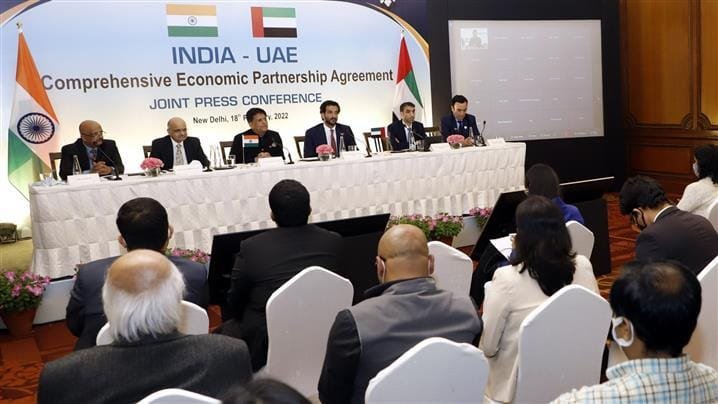India’s impressive growth record over the last two decades stands on a peculiar set of facts: less than three per cent of the population files for income tax, compared to 45 per cent in the United States; after years of effort the indirect tax (sales tax and duties on everyday transactions, for instance) collection is under five per cent of output while India’s fiscal revenues at 20 per cent of output are well below of other emerging market economies at 30 per cent, according to a report by Deutsche Bank.
This peculiarity needs to be understood in the context of India’s exceptionally large informal economy, operating outside the lens of formal observation, oversight, or analysis. Numerous businesses are unincorporated, transactions involving huge quantities proceeds daily on a cash basis, most people and businesses do not file for taxes, making a sizeable chunk of the economy unregulated and unsupervised. The presence of a large informal sector leads to a number of incongruities: the government finds it had to widen the tax net, ending up overburdening the formal sector; employees in the informal sector receive no protection or benefits (insurance, leave, and pension, for instance) under the law, and perhaps most maddening for the analyst community, it leaves considerable uncertainty about the size and performance of the actual economy.
India’s statistics commission suggests that half the gross national product is accounted for by the informal economy. Meanwhile, nine of out every ten workers in the country are engaged in informal sector. The government’s statistical body, recognizing that the informal sector is here to stay, carries out periodic household surveys to capture salient features of the sector. The latest version of this survey, published in January 2015, finds that about half of the workers surveyed are employed in the non-agricultural informal sector with the number rising to a whopping 90 per cent once workers in the agriculture sector are taken into account.
According to government surveys, over 90 per cent of the workers involved in agriculture, fishing, construction and wholesale and retail trade are engaged informally, while the proportion of the same in manufacturing and transportation is over 80 per cent. Beyond agriculture production, those who are in the rural informal sector tend to be associated with agriculture services and small businesses, while those in the urban areas are mostly associated with services and small manufacturing.
Needless to say, virtually no one working in the informal sector has a job contract – although to be fair two-thirds of those in the formal sector also do not have a job contract. Less than one-quarter of the informal sector works have leave provisions. Strikingly, 70 per cent of such workers receive no social security benefits either. While those directly involved in farming receive subsidized fertilizer and have the public sector as the purchaser of last resort of some food grains, those in the non-agricultural informal economy are largely left behind from social safety nets.
Yet the urban informal sector in particular exists side by side with India’s much observed formal economy.
Performance and wealth
However, the performance of this informal economy is impressive. Companies that specialize in selling to the rural sector report strong rises in income and purchasing power in rural India, which suggest a burgeoning informal economy. Improvement in roads, greater access to electricity and running water, and a remarkably sharp rise in access to mobile telephones have allowed informal sector workers to engage in higher value added activities in recent decades. For instances, as cooking fuels have become more easily available, those who spent inordinate amounts of time collecting firewood can now engage in more worthwhile activities. As workers focus less on subsistence and more on engaging in businesses of trading goods and services, they generate more activities and demand.
As the informal sector becomes more connected to the rest of India, many positive spillovers take place. A village getting road access sees its land prices soar, pushing up wealth and sense of wellbeing among the villagers. As they get access to more modern products (processed foods, for example), aspiration for consuming a broader spectrum of goods rises. Large Indian consumer companies have caught on to this phenomenon, reporting considerably higher sales growth in rural areas in recent years relative to urban areas. The urban informal sector is replete with examples of migrant workers using it as a stepping stone toward building wealth, skills, and the experience needed to transition into the formal sector.
But the persistence of large scale informal sector activity has its costs. As pointed out earlier, India’s tax base is exceptionally narrow, limiting the role of the public sector in financing the goods, services, and infrastructure commensurate with the economy potential. Since many transactions take place outside the banking system, with many relying on money lenders to borrow and gold or real estate to save, the central bank’s monetary policy efficacy is considerably hampered. In recent years, efforts to tighten monetary policy were neutralized to a large extent as higher interest rates had no impact in curbing demand in the informal sector.
The prospect for informal sector businesses and workers is also limited. While they may thrive despite various constraints, the growth potential for such businesses is limited and informal sector workers receive virtually no protection under the law with respect to benefits or working conditions. The high volume of cash involved in construction, mining and real estate, creates a wide array of distortions and inefficiencies. Prices officially quoted for an apartment, for instance, are only a fraction of the real cost, allowing for tax evasion and perhaps even money laundering.
The Indian government has tried several approaches to bring the informal sector under the formal fold. Tax authorities in recent decades have handed out simplified procedures to file for taxes and register businesses, although the results have not been encouraging. Previously untaxed parts of the economy especially in the services sector, have been brought into the tax net, but the fact that tax yield has not improved suggests room for improvement.
Some of these government policies are promising though. For example, the government in recent years has pushed banks to create accounts for the poor, who in turn are being provided with unique identification numbers with biometric verification. These accounts and the identification numbers can then be used to provide public sector benefits to those in the informal sector, and as the process takes hold, individuals become part of a record keeping and financial history trail. The exception is that this will help those informal sector workers to establish a formal identity that can then be used to track and monitor the cash transfers and well-being of the informal sector workforce. Similar incentives and programs can be provided to businesses, which will be given the carrot of reasonably priced and transparently administered credit in exchange for incorporation.
Informal sector activities will remain a key characteristic of the Indian economy for decades to come, but there is a good chance that more and more individuals and businesses will the formal sector, lifting the economy’s revenue and growth generating potential.
Source: Konzept, May 2015, is a publication of Deutsche Bank.
fii-news.com.









